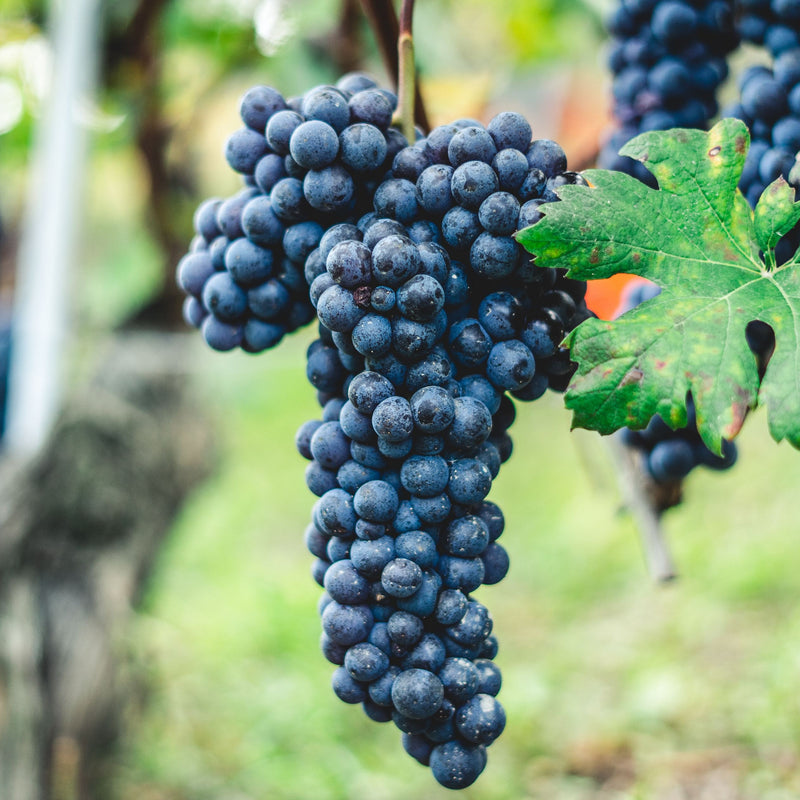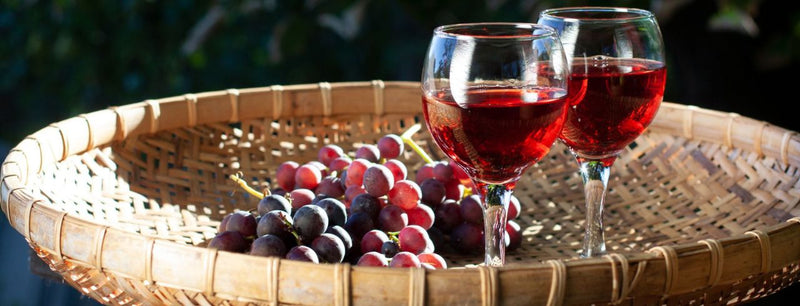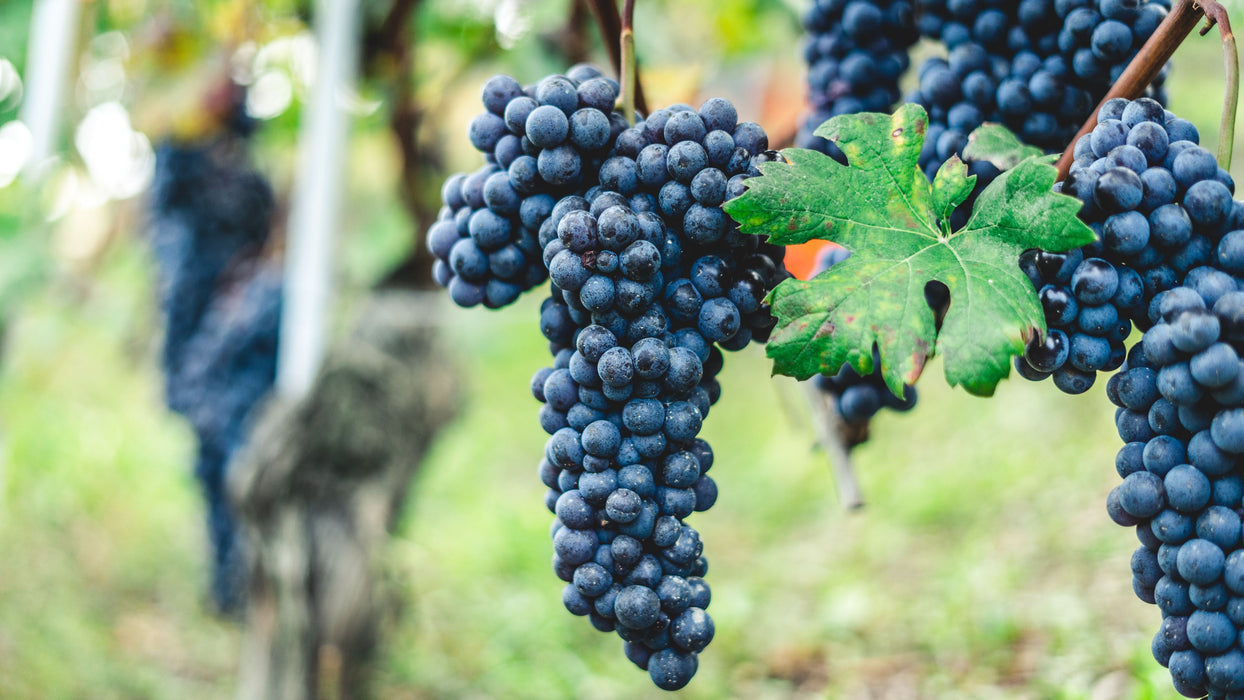
Albariño
Al-ba-reen-yo
Parents & Origin: Indigenous (Iberian Peninsula) Grape: Small, spherical, thick light green skin Flavors: Lemon zest, grapefruit, honeydew, nectarine, saline Notable Regions: Spain, Portugal Sweetness: Dry Body: Light Tannins: None Acidity: High ABV: 11-13%

The History of Albariño
The Albariño grape is indigenous to the northwestern corner of the Iberian peninsula, straddling the border between modern-day Portugal and Spain. It has been cultivated since the times of the ancient Romans, but was primarily used in blends alongside other grapes throughout its early history. After a series of phylloxera outbreaks in the late 19th century, however, Albariño emerged as a rising star in the region during subsequent replanting.
Albariño became best known as the primary grape of the Rias Baixas winemaking region in Galicia, Spain, where it comprises around 90 percent of grapes grown there. In Portugal, the main Albariño region is known as Minho, with the wine most commonly referred to as Vinho Verde and involves a blend of other grapes. Vinho Verde has more of an “old world” flavor palate and is widely grown in Minho, whereas varietal Albariño is generally grown in Galicia. Albariño was also exported to other areas such as California, Argentina, and Chile, but very few plantings exist there compared to the grape’s native home.
While Albariño blends still prevailed through most of the 20th century, the Spanish government’s establishment of the Rias Baixas Denominación de Origen (DO) in 1986 caused winemakers to begin producing varietal Albariño wines. Due to this relatively recent rise in popularity, Albariño has been crafted primarily with contemporary European and American tastes in mind, resulting in a modern taste and refreshing light body.
Interesting Fact: Albariño also became popular in Australia for over a decade, but recent DNA analysis revealed that nearly all of Australian Albariño was in fact French Savagnin. The mistake came from the initial clippings sold to Australian winemakers, which were incorrectly labeled.
Albariño Food Pairings
Due to its high acidity and superb lightness, Albariño pairs well with light and sweet foods.
The Best Albariño Food Pairings
Albariño is excellent as an aperitif, but it also pairs well with a wide variety of foods. Pair a bottle of Albariño with light-to-middle intensity foods such as seafood, fish, chicken, and soft cheeses.
Food Pairings to Avoid with Albariño
Due to its lightness, Albariño is not ideal for heavy dishes such as beef, pork, lamb, or anything with a rich sauce.
Albariño Tasting Notes

Albariño offers a light and refreshing body with high acidity. Expect aromas of lemons, limes, pear, grapefruit, honeysuckle, nectarine, and occasionally orange zest on the nose, complete with subtle notes of granite and basil. On the palate, Albariño offers flavors of lemon zest, grapefruit, honeydew, nectarines, and salt, ending with a tingly finish that often has a subtle bitter note. The slight bitter flavor comes from the thick skins of the grapes, though this consequently makes Albariño great for palate cleansing.
Young vs. Old Albariño
Though aging is not common, Albariño’s flavors can be greatly influenced by the age of the wine. Albariño can age for about 5 to 7 years, a process that will bring out more subtle flavors, though it is recommended to drink the wine within the first few years to ensure its trademark acidity and bold fruit-forward palate.
Albariño's Unique Terroir
The Galicia region of Spain is much cooler and rainier than the rest of the country. The Rias Baixas DO in particular hugs the coast, where sea breezes offer more saline and minerality to the wine. The area’s deep granite soils have a sandy characteristic which is known to be the most ideal soil for Albariño. In contrast, warmer regions with more clay-based soils will produce Albariños with ripe fruit characteristics and less acidity. The cooler climate and sandy soils of Galicia creates Albariño with more citrus fruit flavors and higher acidity.
Albariño in a Nutshell
Since its ancient origins in Spain, Albariño has become a unique and widely coveted Spanish wine. After the establishment of the Rias Baixas DO, winemakers began to develop the wine into a varietal with modern flavors of lemon zest, grapefruit, honeydew, nectarines, saline, and a touch of bitterness at the end. Pair a bottle of Albariño with light fish or chicken dishes, or serve it on its own as a delicious aperitif.






